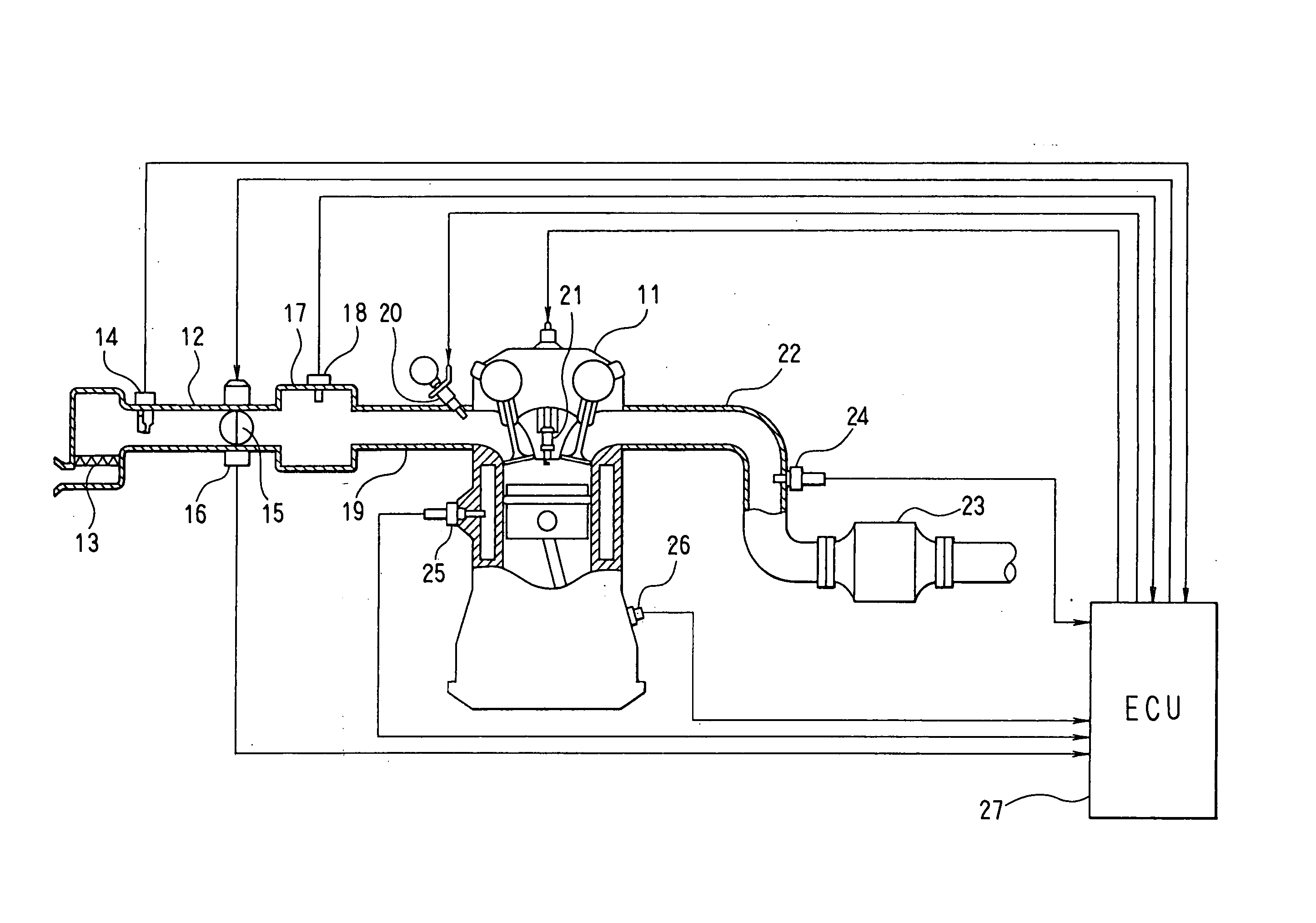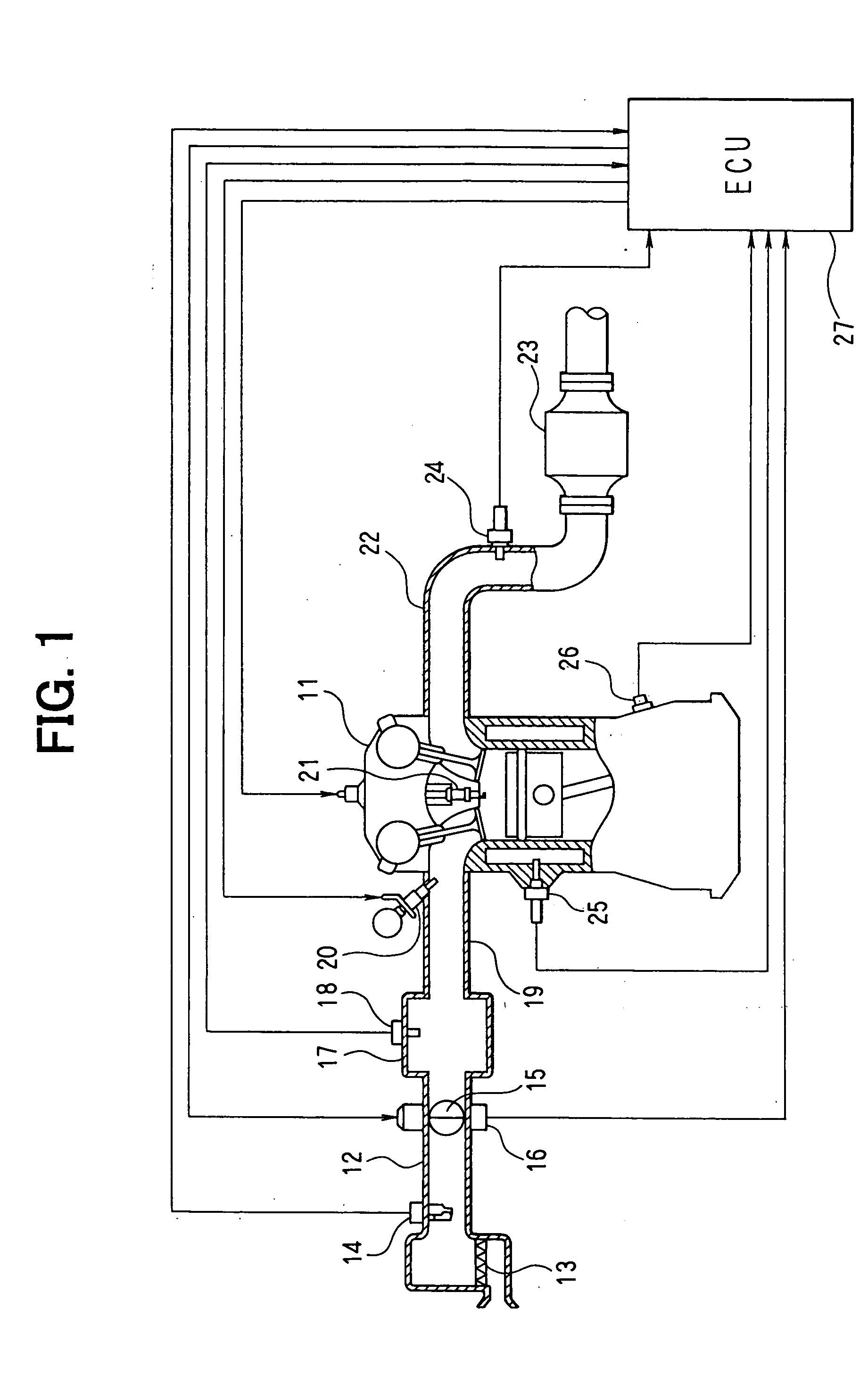Rapid catalyst warm-up control device for internal combustion engine
a technology of a control device and a catalyst, which is applied in the direction of electrical control, machines/engines, mechanical apparatus, etc., can solve the problems of delayed injection dither control, insufficient oxidation reaction of rich components in the catalyst, and insufficient delay in catalyst warm-up
- Summary
- Abstract
- Description
- Claims
- Application Information
AI Technical Summary
Benefits of technology
Problems solved by technology
Method used
Image
Examples
Embodiment Construction
are examples in which the dither cycle T (rich injection cycle) was set to 540.degree. CA, 900.degree. CA, and 1080.degree. CA, respectively, and the irregular injection control was performed such that rich injections did not occur consecutively for the same cylinder. On the other hand, Comparative Example 1 is an example in which the dither cycle T (rich injection cycle) was set to 720.degree. CA and the injection dither control was performed such that rich injections did occur consecutively for the same cylinder. Comparative Example 2 is an example of ordinary lean control in which the lean injection (air-fuel ratio=base air-fuel ratio) was performed for every fuel injection without performing the injection dither control.
[0052] As is obvious from the time chart of FIG. 7, the irregular injection dither control of the Examples 1 to 3, and the injection dither control of Comparative Example 1 are all capable of, by using the injection dither, creating oxidation reaction of the rich...
PUM
 Login to View More
Login to View More Abstract
Description
Claims
Application Information
 Login to View More
Login to View More - R&D
- Intellectual Property
- Life Sciences
- Materials
- Tech Scout
- Unparalleled Data Quality
- Higher Quality Content
- 60% Fewer Hallucinations
Browse by: Latest US Patents, China's latest patents, Technical Efficacy Thesaurus, Application Domain, Technology Topic, Popular Technical Reports.
© 2025 PatSnap. All rights reserved.Legal|Privacy policy|Modern Slavery Act Transparency Statement|Sitemap|About US| Contact US: help@patsnap.com



